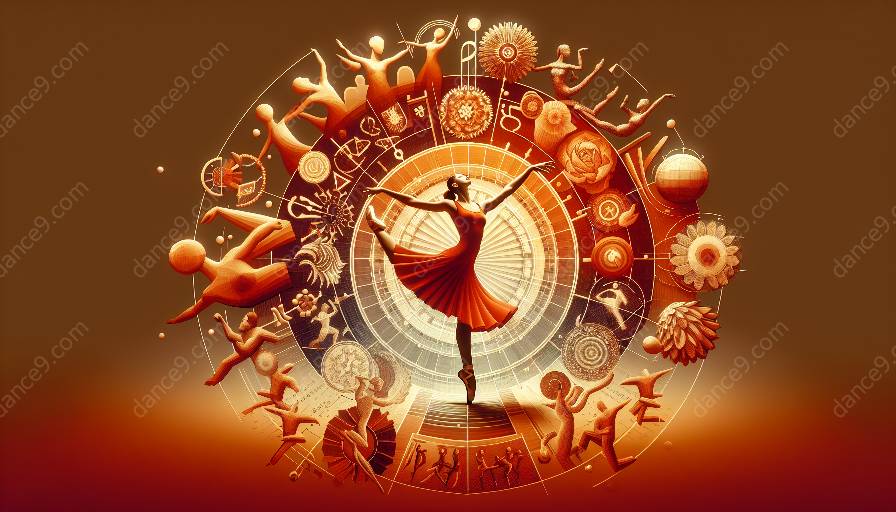Dance has been an integral part of human culture for centuries, serving as a powerful tool for storytelling and cultural transmission. This form of expression transcends verbal language and provides a unique way to convey narratives, preserve traditions, and pass down cultural heritage. In the field of dance anthropology and dance studies, the exploration of how dance functions as a medium for storytelling and cultural transmission offers valuable insights into the diverse and rich tapestry of human societies.
The Role of Dance in Storytelling
Dance has a remarkable ability to narrate stories and convey complex emotions and societal themes without the use of words. Through movements, gestures, and expressions, dancers can represent characters, depict events, and evoke a range of sentiments, effectively creating a visual and visceral narrative. Whether it's through traditional folk dance, classical ballet, or contemporary dance forms, each movement and choreographic sequence can embody a story, offering a window into the cultural narratives of a community.
Cultural Transmission Through Dance
One of the most compelling aspects of dance is its role in preserving and transmitting cultural traditions across generations. In many societies, dance serves as a means to strengthen social bonds, reinforce identity, and uphold cultural practices. Through dance, individuals can connect with their heritage, learn about their roots, and participate in rituals that have been passed down through time. Furthermore, the choreography, music, and costumes of a dance often carry specific cultural meanings and historical significance, making it a powerful vehicle for cultural transmission.
Dance Anthropology: Understanding Cultural Dynamics
Dance anthropology delves into the study of dance within the context of diverse cultures and societies. By examining the intricate relationship between dance and cultural norms, beliefs, and values, anthropologists gain a deeper understanding of the symbolic, spiritual, and functional aspects of dance. Through ethnographic research and fieldwork, dance anthropology seeks to unravel the multifaceted meanings embedded in various dance forms and their significance within different cultural landscapes.
Dance Studies: Analyzing Artistic and Social Dimensions
In the realm of dance studies, scholars and researchers explore the artistic, historical, and social dimensions of dance as a form of human expression. This interdisciplinary field encompasses the analysis of choreography, music, costume design, and performance styles, shedding light on the evolution and adaptation of dance within diverse cultural contexts. Furthermore, dance studies delve into the societal implications of dance, examining its role in shaping collective identity, gender dynamics, and social hierarchies.
Conclusion
Ultimately, the exploration of dance as a form of storytelling and cultural transmission provides a compelling avenue for understanding the richness and diversity of human societies. Through the interdisciplinary lenses of dance anthropology and dance studies, we can unravel the intricate connections between movement, tradition, and societal dynamics, gaining profound insights into the profound impact of dance as a universal language of expression and heritage.

















